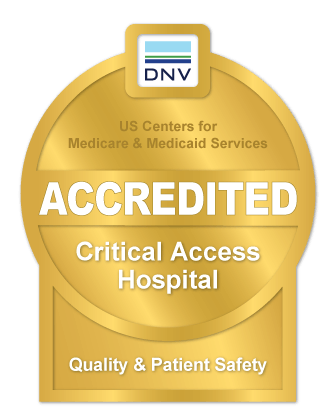Day of Surgery

Arriving at CRHC:
Before Surgery:
You’ll be asked to change into a hospital gown and socks. We’ll take your vital signs and your doctor may order additional laboratory tests. We will also start an IV to provide you with fluids and necessary medications. You may receive medication to help you relax. Warm blankets are provided for your comfort. Before you enter the operating room, you will meet the anesthesia provider and other members of our surgical team.
In the Operating Room:
Anesthesia:
After Surgery
After your surgery you will be taken to the PACU (Post Anesthesia Care Unit), also known as the Recovery Room. In PACU, a nurse will monitor your vital signs and you may receive oxygen to help you wake up. When you begin to wake up and your vital signs are stable, you will be taken to your room where your family or friend may be with you. If you have a surgery requiring a hospital stay, your family or friend will be able to visit you once you have been transferred to a hospital room.
On the day of surgery, your family or friends can check with the staff at the surgery waiting room desk for additional information. Your recovery time will depend upon the type of procedure you have undergone, and the anesthesia used.

Voted SW Iowa Reader's Choice "Best Hospital" for the Fifth year in a row! Thank you for trusting us for all your healthcare needs.
2018 - 2019 - 2020 - 2021 - 2022
©2024 | Clarinda Regional Health Center | All Rights Reserved | Privacy Practices | Impact Statement
CRHC is an Equal Opportunity Provider. “In accordance with Federal Law and U.S. Department of Agriculture policy, this institution is prohibited from discriminating on the basis of race, color, national origin, sex, color, age or disability color, age,
national origin or ancestry, disability, sexual orientation, gender identity or expression, diagnosis, or source of payment for care, including Medicare, Medicaid, or the Children’s Health Insurance Program (CHIP). (Not all prohibited bases apply to all programs.)
To file a complaint of discrimination, write USDA, Director, Office of Civil Rights, 1400 Independence Avenue, SW, Washington, D. C. 20250-9410 or call (800) 795-3272 (voice), or (202) 720-6832 (TDD) | File a complaint with CRHC


